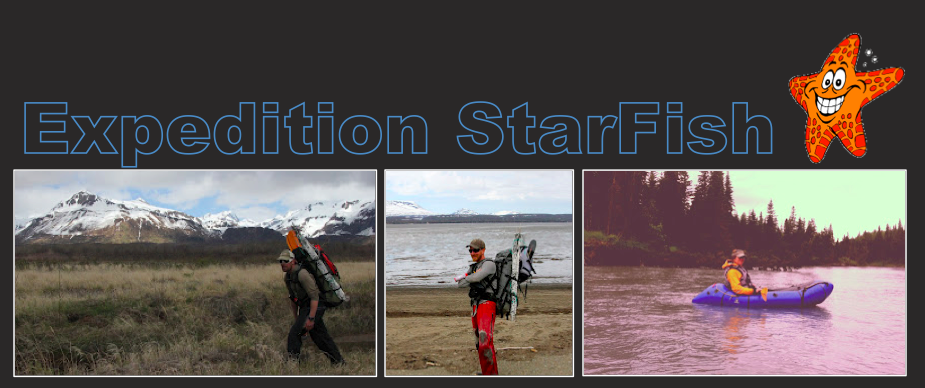Saturday, October 27, 2012
Training trip
We are enroute to our first officially sanctioned training trip to sayulita Mexico. You have to taste the sweet in order to enjoy the sour.
Wednesday, October 24, 2012
Wednesday, October 10, 2012
Rios Libres by Craig Childs
Rios Libres
Craig Childs
Early Fall 2011
Early Fall 2011
Another of the world’s rivers is being laid on the slab, an enormous turquoise wanderer flowing out of the Southern Andes. The largest river in Chile, the Rio Baker, is undammed from source to sea. For the moment.
Before the Chilean government gave the go ahead on five dams in Patagonia – two on the Rio Baker and three on its nearby sister the Pascua – I visited one of the remote damsites. It lies in an igneous pinch where the Baker burst out of a tight gorge, cloudy gray tongues heaving over an edge with steel-bending force. Sheets of mist ripped into the air. Palaces of hydrology rose and collapsed downstream. The Andes could not stop this water.
This is where concrete is planned to rise 340 feet, switchbacks blasted around it, cranes swinging their cyclopean heads above ropes and pulleys, machines of industry and progress piercing the air with backup warnings. Workers in hard hats would roll out blue scrolls, hold up radios, and eat lunch over a siphoned-dry riverbed. Empty fluted kettles in the rock would show where the Baker once punched its way into solid earth.
Daniel González, a Chilean activist spearheading some of the country’s strongest environmental movements, has been fighting Baker 2 along with four other dams proposed in this region. He told me, “If these dams take place, then the whole of Patagonia opens up for business. Where you have energy you have development, you have mining, you have timber. Things start happening when you can plug into something and you have the energy to move it. With 90 percent of the rivers granted to hydroelectric companies, it’s a clear indication of where things are heading.”
Forces are already beginning to muster in that direction. Besides five dams approved by the Chilean government in May 2011, three other dams have come up for consideration on different rivers in the sparsely populated Aysén region. Energy companies have begun teaming up for a joint transmission line from here up to 1,500 miles north to Santiago, making the longest transmission line in history.
“It’s mostly about opening Patagonia for business; it’s not just generating electricity,” González said. “If these dams take place, there are at least another six rivers that will probably go down. If you look at the history of the industry, it’s pure logic, right? You look at Brazil, you look at China, Indonesia, the States. Once you
intervene into a region on this scale, then it’s up for grabs.”
The landscape around the damsite bore a conspicuous absence of all human industry. Silvery waterfalls sprayed down through the heavy timber of coihue trees. Glaciers melted into the steep woods, a wilderness of roaring, hissing, leaping water. High over what may someday be a reservoir, you begin to see a surrounding territory where silver-horned peaks stand packed in ice. Clouds snag on the highest blades of rock or, rather, those high rocks make the clouds themselves – their warm, hard bodies touching cold westerly winds, drawing out moisture that has been circling the globe, not touching land until here. This is the earth rising up on its toes, reaching up and raking the sky. This is not done for anyone, not even for the river that drinks all this water. It simply happens. This is how rich the world is, miracle upon miracle for no one.
Chile is the prodigal country of Latin America with more in its per capita reserve than the United States. Energy demands in the country have been rising for more than 5 percent annually. Landscape is a resource. A growing country cannot help but see it that way.
But González does not see these dams as a proper solution. He believes they are a setback in a larger picture. “You’re injecting 2,700 megawatts into a system that today is worth about 8,000, so you’re talking more than a 30 percent increase in just these gigantic projects. Intelligent solutions tend to happen only when there is scarcity. Scarcity is the mother of creativity. If you have these 2,700 megawatts coming in, every effort that is going toward efficiency, conservation and renewables is going to get delayed. It’s going to get pushed off. They’re going to say, ‘Hey, we’ve got it solved, we’ve got another 20 years to look at this again.’”
Climbing high above the damsite in an undoctored realm of ice, valleys and summits, I could see the issue is not about dams or transmission lines, or even the potential cessation of the Rio Baker itself. It is about what we want to do with our time here, how we want to leave this place. The day is coming when the rarest resource will not be oil or even water, but a place that does not smell of us. At this point in history, construction has not yet begun on the Baker or the Pascua. You still feel in your bones a more expansive world, where you do not possess the air or water, and a river does not yet stop for you.
If the dams go through, do not forget this place. Do not surrender it. The transmission lines, construction roads and hydropowered aluminum smelters that could follow are still in question. The landscape has not been opened. A river is not killed as easily as this.
Subscribe to:
Posts (Atom)
